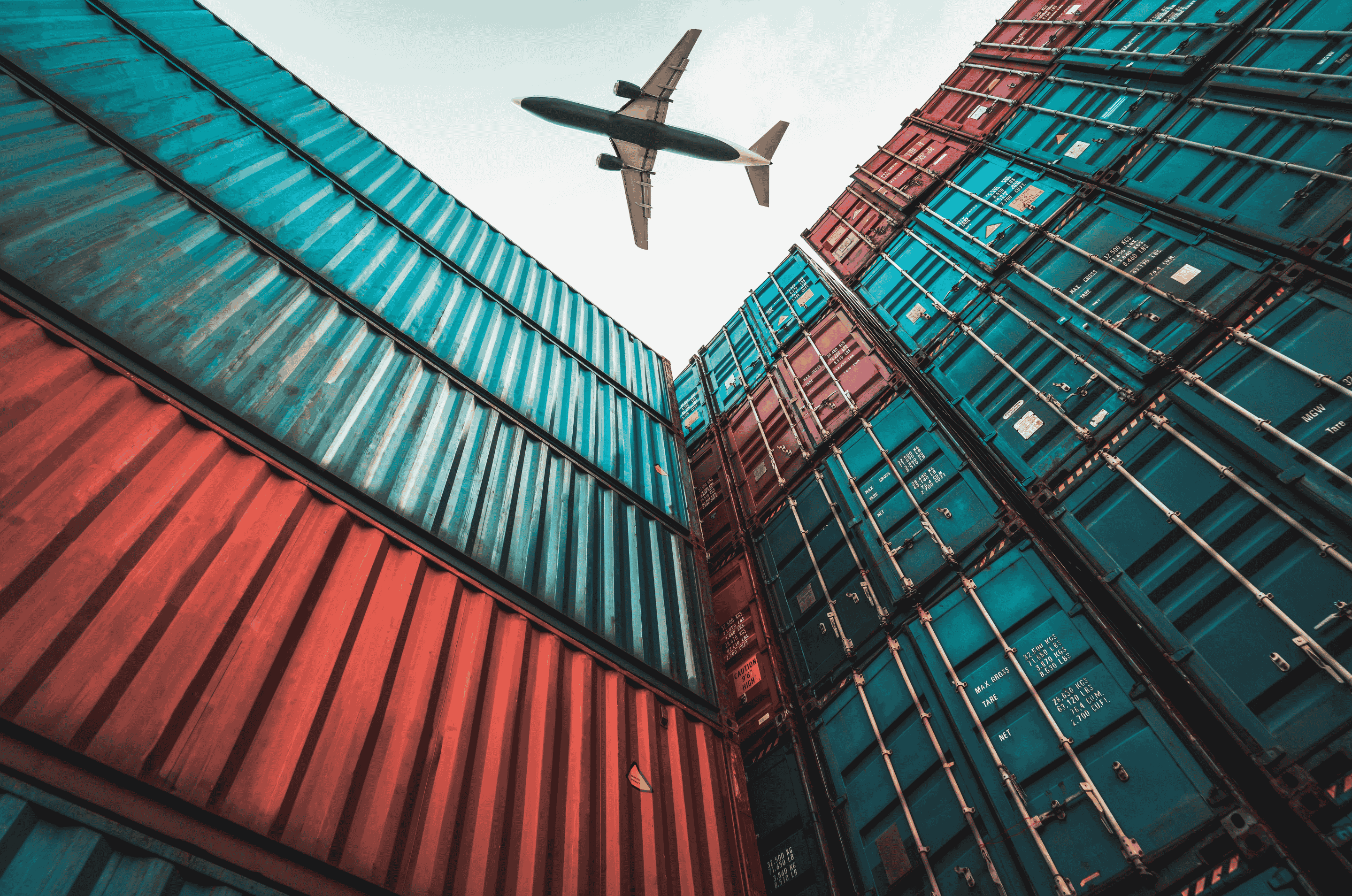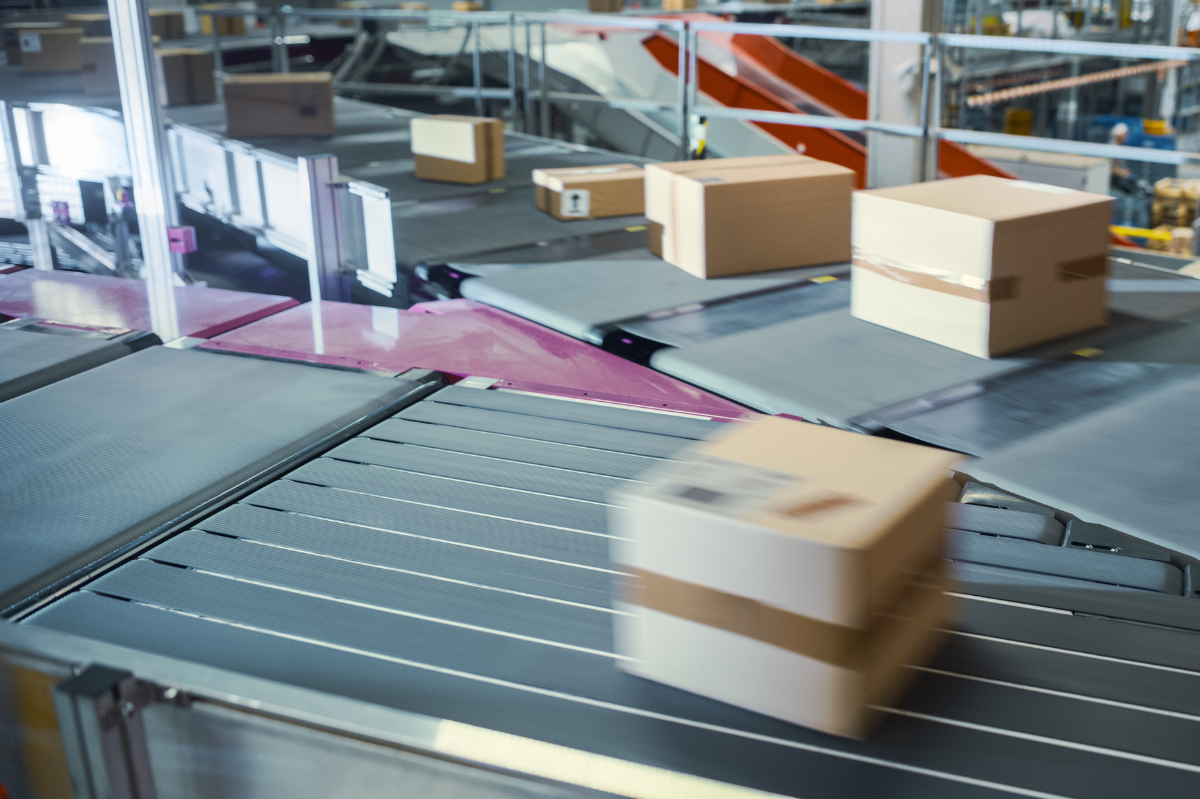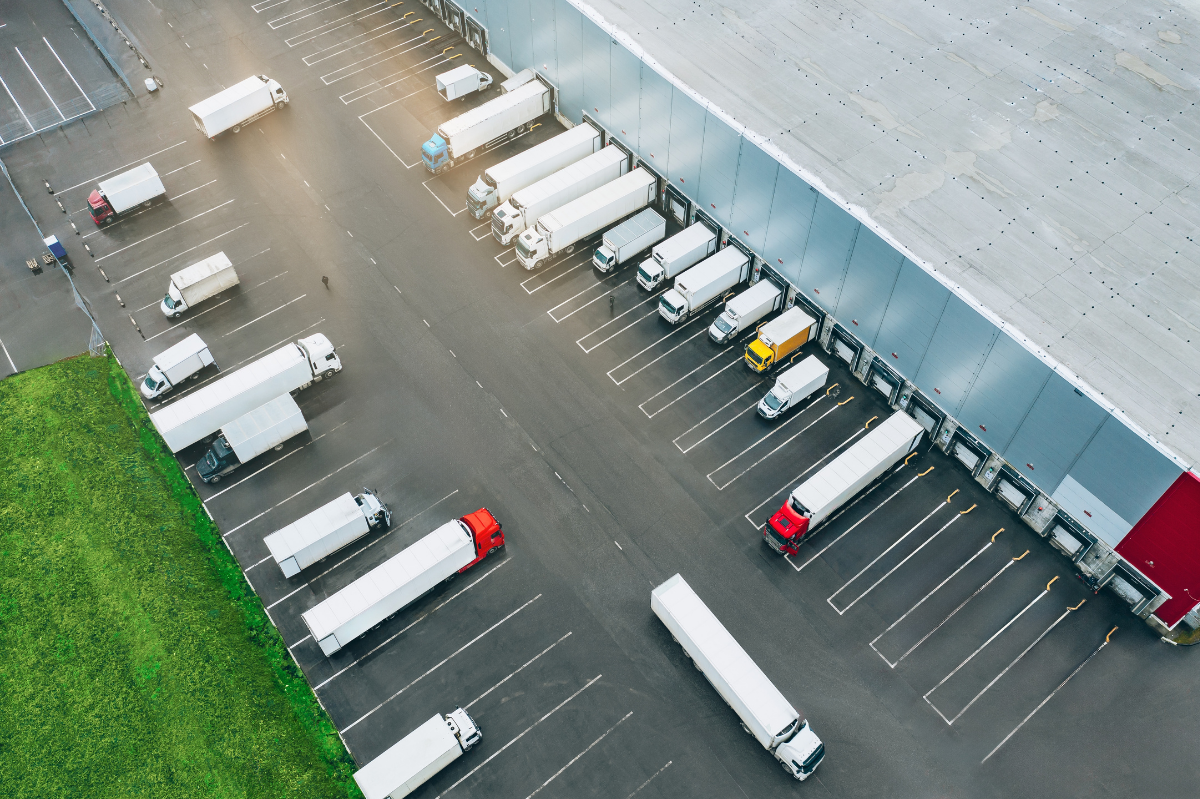From air cargo bottlenecks to surging ocean rates and new tech benchmarks, the global supply chain continues to shift beneath our feet.
We’ve rounded up the stories that matter most to shippers and supply chain leaders, with actionable takeaways to help you make smarter, faster decisions.
The Top 5 News Stories This Week
1. Air Freight Capacity Tightens Ahead of Peak Season
The Federal Aviation Administration (FAA) has ordered a 10% reduction in scheduled operations across 40 major U.S. airports due to staffing constraints, potentially linked to the ongoing government shutdown. This move comes just as the holiday shipping season peaks, compounding existing air cargo pressures from aircraft groundings (including the MD-11). Major carriers like UPS and FedEx are already warning of delays and surcharges.
What It Means for Shippers
Expect rising airfreight costs and slower transit times through late November and December. Shippers dependent on expedited lanes should secure capacity early and evaluate multimodal alternatives, such as ground or intermodal, to hedge against disruptions.
2. Ocean Freight Rates Rebound as Container Demand Rises
Global container rates are climbing again. Drewry’s World Container Index (WCI) rose 8% last week to $1,959 per FEU, its highest point in months. The increase signals tighter vessel capacity and stronger export volumes heading into year-end, reversing a period of rate stability. Maersk also reported booking constraints across key North American lanes.
What It Means for Shippers
Higher ocean freight costs are likely to carry into early 2026. Importers should review landed cost assumptions, lock in short-term contracts where possible, and plan inventory purchases strategically to avoid peak-season rate spikes.
3. Amazon Sets a New Standard for Delivery Speed
Amazon’s regional fulfillment strategy continues to pay off. The company cut its U.S. inbound lead time by nearly four days through smarter inventory placement and localized fulfillment centers, its fastest pace on record. The result: faster deliveries, lower middle-mile costs, and a new benchmark for eCommerce logistics.
What It Means for Shippers
Amazon’s improvements reset customer expectations for delivery time and reliability. Competing brands and 3PLs should audit fulfillment network performance, push partners for faster SLAs, and explore distributed warehousing models to stay competitive in speed and cost.
4. Truckload Spot Rates Trending Upward Across North America
C.H. Robinson reports that truckload spot rates are climbing across the U.S. and Canada, a critical signal as carriers prepare for 2026 contract negotiations. The rise is driven by pre-holiday freight surges and gradual capacity tightening. While not yet at 2021 highs, the upward trajectory could reset pricing baselines for the coming year.
What It Means for Shippers
Budget for higher domestic freight costs in 2026. Operations and procurement teams should negotiate early, forecast volumes accurately, and build flexibility into their ground transport strategy to secure favorable rates before they climb further.
5. AI and Automation Are Becoming the New Logistics Backbone
New industry reports from Supply Chain Dive and Yahoo Finance emphasize that artificial intelligence, automation, and advanced analytics are now essential for managing complex logistics networks. Multi-warehouse coordination, last-mile tracking, and real-time visibility are proving too complex for legacy systems, pushing companies toward smarter, integrated tech stacks.
What It Means for Shippers
Technology investments will define the next leap in logistics efficiency. Shippers should conduct a tech stack audit and prioritize platforms offering AI-driven insights, multi-carrier rate comparison, and real-time visibility to reduce errors, cut costs, and scale without adding headcount.
The Bottom Line
The logistics landscape is tightening on multiple fronts, air, ocean, and ground, just as technology offers new paths to resilience.
For shippers, the winners this peak season will be those who plan early, diversify transport modes, and invest in the tools that make supply chains smarter and faster.
Related Topics
Learn how VESYL can save you money on shipping
Not sure which plan suits you best? Have questions about our software? Contact our sales team for expert guidance.


.png)


.png)


